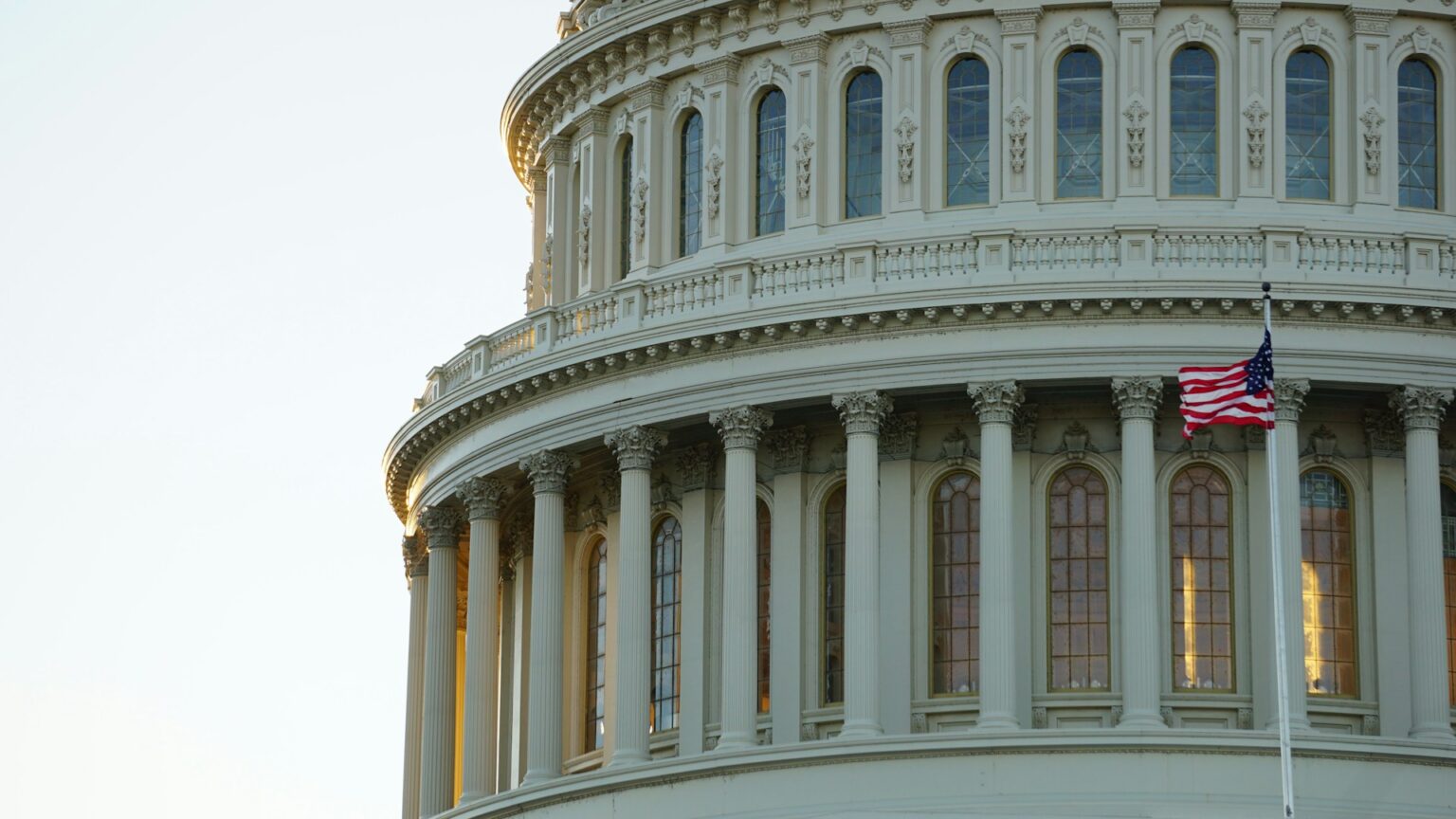The world of digital assets is constantly evolving, challenging existing regulatory frameworks and sparking intense debates among lawmakers and industry stakeholders. As the cryptocurrency landscape grows, ensuring regulatory clarity becomes increasingly crucial. Recently, attention has been focused on the Digital Asset Market Clarity Act of 2025, designed to provide a much-needed regulatory framework for digital assets in the United States. This act aims to protect consumers while fostering innovation within the cryptocurrency ecosystem. Let’s delve into the complexities of this legislation and its implications for the industry.
Understanding the Digital Asset Market Clarity Act of 2025
The Legislative Background
Recently introduced by French Hill, Chairman of the House Financial Services Committee, the Digital Asset Market Clarity Act of 2025 seeks to bring transparency and protection to the burgeoning crypto industry. The proposed legislation aims to establish a clear regulatory framework, compelling developers and companies to provide critical disclosures and ensure the separation of corporate and client funds. While consumer protection is a pivotal focus, the act also seeks to pave a clear pathway for crypto project funding under regulatory oversight.
Industry Concerns and Amendments
A particular amendment to the act has raised concerns within the crypto community, as it reportedly empowers the Securities and Exchange Commission (SEC) to declare individual tokens as securities on a case-by-case basis. Such provisions risk reintroducing uncertainty, the very issue the legislation intends to resolve. Detractors worry this could lead to inconsistent applications of securities law, potentially stalling innovation and creating market instability.
Inclusion of the Blockchain Regulatory Certainty Act
In a strategic move to bolster the regulatory framework, stakeholders and lawmakers successfully advocated for the inclusion of the Blockchain Regulatory Certainty Act (BRCA) within the broader legislation. Originally reintroduced in 2025 by Representative Tom Emmer, with bipartisan support from Representative Ritchie Torres, the BRCA aims to safeguard developers of non-custodial technologies while maintaining oversight of custodial institutions. This initiative is recognized as a significant step in harmonizing regulation with technological innovation.
Bipartisan Support and Future Prospects
Amidst the debates, prominent industry players, including major crypto exchanges like Coinbase, have expressed optimism about the bipartisan momentum building around the act. Such support underscores the necessity of regulatory clarity to protect consumers and unlock the potential of American innovation in digital assets. As the legislation progresses through the House, it remains to be seen how the final framework will balance these diverse interests.
FAQs: Navigating the Digital Asset Market Clarity Act
How does the Digital Asset Market Clarity Act aim to protect consumers?
The act mandates disclosures from developers and crypto firms, ensuring transparency and the segregation of client funds from company funds. This is crucial in safeguarding consumer interests and averting financial risks linked to crypto investments.
What is the significance of the Blockchain Regulatory Certainty Act?
The inclusion of the BRCA is critical as it provides clear guidelines for developers and infrastructure providers, especially those involved in non-custodial technologies. By distinguishing these players from money transmitters, the act aims to support innovation while maintaining regulatory oversight.
What are the main challenges presented by the new amendment to the act?
The primary concern is the “Gensler-era provision,” which could potentially treat every token as a security on a case-by-case basis. This approach may reintroduce market uncertainty and hinder the growth of the crypto ecosystem by fostering an environment of regulatory unpredictability.
In conclusion, the Digital Asset Market Clarity Act of 2025 represents a pivotal moment for cryptocurrency legislation in the United States. By striving for transparency and fair regulation, the act has the potential to nurture innovation while protecting consumer interests. However, its success hinges on careful balancing of regulatory oversight with the dynamic nature of digital assets.

